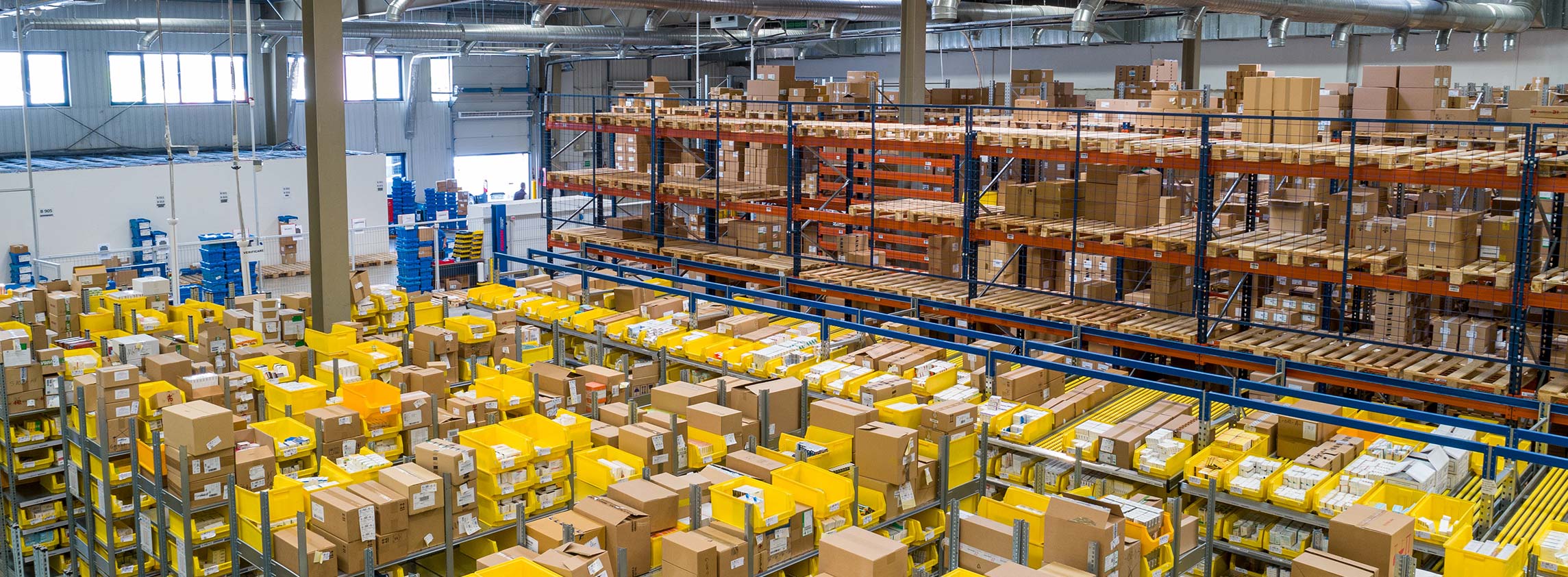Yields continue downward trend
The mid-point of the year gives a welcome opportunity to take stock of the investment market as nearly all Covid-19 restrictions come to an end. By the end of June total investment volumes for the year stood at £25.7bn, which exceeds H1 20 by 15%, but somewhat surprisingly also exceeds the first half of 2019 by 10%.
Whilst the industrial sector continues to perform well with transaction volumes reaching £7.4bn, which at the halfway point of the year already exceeds the annual average of £6.7bn, it is the office sector that is now gaining momentum. Indeed, June saw £2.8bn deployed into offices, making it the largest volume month for the sector since December 2019. Key deals include Brookfield’s £714m acquisition of the Arlington portfolio and their £635m purchase of 30 Fenchurch Street. Given the momentum in these markets it is likely that total volumes for the year will exceed last years total of £50bn.
Continuing its inward trajectory, the Savills average prime yield has moved in to 5.14%. In June all sectors remained static aside from West End offices, where the prime yield now stands at 3.25%, a level not seen since October 2018. With no sectors reporting outward pressure and the Foodstore and provincial office sectors expecting inward movements we expect the average yield to compress further in the second half of the year.
Continuing its inward trajectory, the Savills average prime yield has moved in to 5.14%. In June all sectors remained static aside from West End offices, where the prime yield now stands at 3.25%, a level not seen since October 2018. With no sectors reporting outward pressure and the Foodstore and provincial office sectors expecting inward movements we expect the average yield to compress further in the second half of the year.
Where next for rental growth in the industrial and logistics sector?
Occupier demand for warehouse space shows no sign of abating with take-up for the first half of the year reaching 24.4m sq ft, 82% above the long term average. Whilst driven, in the most part, by increased demand from online retailers there has also been a surge in demand from manufacturing companies switching from a “just in time” supply chain to a “just in case” meaning that move inventory is being stored to smooth out any supply chain volatility caused by external factors. This surge in take-up has corresponded with supply falling at its fastest pace ever, with a decline of almost 7m sq ft in 2021, meaning that the nationwide vacancy rate is now 4.37%, the lowest level Savills have ever recorded. Developers have reacted to this lack of supply by announcing a raft of speculative development and there is now 16.8m sq ft of space under construction, the highest amount at any one time since before the global financial crisis.
However, build costs and programme delivery time scales are expected to rise in the short term as the availability of cladding, steel and concrete negatively impact the delivery of new warehouse space. Globally, a perfect storm has emerged as the demand for raw materials has surged as lockdown restrictions have ended.
Manufacturers, however, are still playing catch up, having furloughed workers and reduced production. Some speculative projects are being delayed, and some of the planned speculative announcements for the remainder of the year may have to be pushed back to 2022. Given the pressures in the supply chain and the lack of available contractors, developers should factor in the potential for tender price inflation and a significant delay to programmes.
The latest rental growth forecasts from RealFor suggest the wider logistics market should expect to see growth of 2.7% p.a until 2025. Whilst these macroeconometric forecasts take into account past performance and wider economic indicators they do not readily consider localised market conditions.
Given that vacancy has hit record low levels in many regions and occupier demand remains at record levels, there is a clear case to suggest that actual rental growth will exceed the current forecasts. We therefore expect to see 18-24 months of accelerated rental growth before a gradual shift back to the levels already forecast over the five-year period.
The impact of the pandemic has caused some commentators to question the value and role of cities themselves. However, while major cities face immediate challenges as a result of Covid-19, they remain the most important locations for human interaction.
The Savills World Research team has ranked 500 cities on their economic strength, demographics, the knowledge economy and technology, environmental resilience, as well as the depth of their real estate markets. The best cities in the Resilient Cities Index will be well-placed to adapt to the challenges of the post Covid-19 environment. The top of the 2021 Savills Resilient Cities Index is dominated by large cities with deep and liquid real estate markets located in a small number of wealthy nations. More information on the index methodology can be found in IMPACTS 2021.
